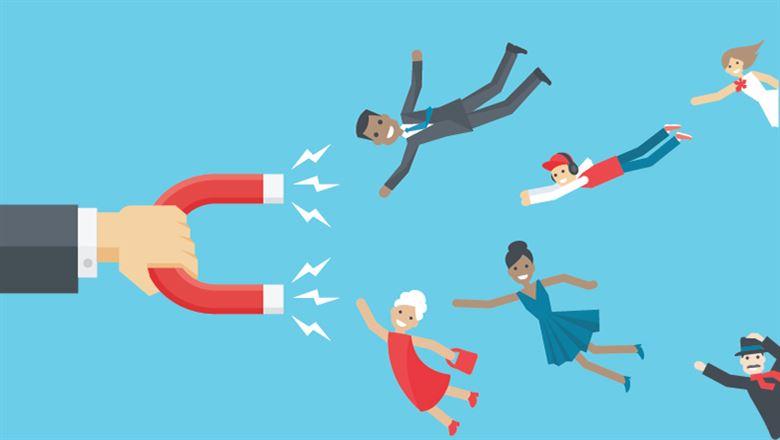Nikki Golden, CAE
Nikki Golden, CAE, is a strategist with Association Laboratory in Chicago and a member ASAE’s Marketing Professionals Advisory Council.

After a member-expectation survey revealed that people weren’t renewing because of cost and because they didn’t see value in their membership, the American Association of Pharmaceutical Scientists knew that it had to try something different to illustrate the value of the association. The end product: a very successful 14-month retention campaign.
Many associations are faced with a challenge similar to the American Association of Pharmaceutical Scientists: Members have to justify their dues to someone else within their company who approves payment.
To help with that, in 2014, AAPS created a retention campaign that armed its members with the justification for the $175 dues payment. The overall objective was to show how beneficial AAPS membership is to pharmaceutical scientists’ ongoing professional development. (It also earned AAPS a 2015 ASAE Gold Circle Award in the "member retention" category.)
“First-year members are focused on something immediate (when they join),” says Charles Salvetti, membership manager and business systems analyst for AAPS. “Maybe it’s career-based or pharma-science-based, but once they get that and solve their issue, they’re not taking advantage of any other benefit.”
Salvetti and his team knew they had to communicate the breadth of benefits available to AAPS members.
I’m a firm believer that something tangible is an important membership reminder.—Charles Salvetti, AAPS
The AAPS retention campaign includes a 14-month cycle of emails plus two printed pieces. That’s in addition to previously sent renewal emails and invoices at 90, 60, and 30 days before expiration.
The content for these new messages was derived from the AAPS’ member-expectation survey, where two glaring areas stood out as to why members dropped, according to Salvetti. One was that people didn’t renew because of cost, which he says translates to them not perceiving the value of their membership. The second was former members saying that their company didn’t pay their dues or support membership in AAPS.
To combat these findings, the printed pieces include a postcard, “How much is AAPS worth to you?” and a more extensive brochure that asks, “How much is AAPS worth to your company?” The brochure spells out in more detail the exact dollar value of each AAPS benefit, including webinars, journal subscriptions, and registration discounts to various conference and educational programs.
After playing around with the cost of membership and the list of benefits with prices attached, it seemed to Salvetti and his team that the $6,000 total benefits value tag was worth the $175 annual investment.
AAPS sends the postcard to members in month four of membership, and the brochure is sent 120 days out from a member’s renewal date.
The emails, which each highlight a specific member benefit, are sent monthly with a subject line that changes and is tested before sending. They have garnered a 33 percent open rate, higher than any other AAPS communication.
The membership department works with AAPS’ in-house graphic designer and marketing production department on the campaign. In the first year, it increased overall retention from 63 percent to 77 percent. In its regular membership category, which is the focus of the campaign, retention went from 72 percent to 84 percent.
The AAPS team is already at work on its next iteration, working on a longer schedule of 16 months for retention and adding in additional print pieces.
“I’m a firm believer that something tangible is an important membership reminder,” Salvetti says. “It’s a terrific way to keep us top of mind.”
As part of its strategy, AAPS is also working to better segment its messaging and to build demographic data into its AMS. “Just like with acquisition, what might work with one group [of members or prospects] might not work with another,” he says.